Many modern pop, EDM and trap tracks mix rhythms of different speeds and flavours in order to make themselves more interesting and to subvert listeners' expectations.
In this tutorial, we'll take you through an example track, illustrating the key decisions we've made to combine different grooves and speeds, shedding light on how the songwriting process can lead to more ear-catching variety. Audio examples are at the bottom of the page.
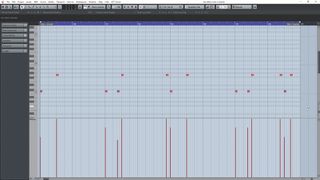
Step 1: We’re going to take our example track through different moods and styles by switching between sparse rhythms and 4/4 beats. This track starts with a simple kick and metallic percussion pattern.
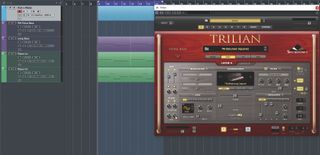
Step 2: The rhythm starts to make more sense when music is added. Here’s a sustained bass patch making use of low detuned square waves to provide a gritty, urban feel. This is overlaid with a reverberant piano, with its low notes tracking the bass, and higher notes adding hollow sweetness. It’s all about space here – the feel is slow and moody.
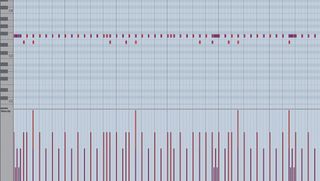
Step 3: The pace picks up with the addition of a fast hi-hat line, punctuated by a few other sporadic percussion elements. A straight hi-hat pattern is given extra groove by the use of varying velocity hits and speedy 32nd-note fills (beloved of Miami bass producers and more recently in trap).
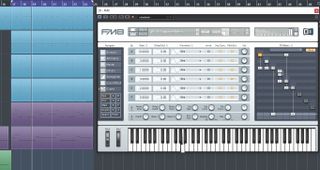
Step 4: Adding a second, faster-moving bassline ups the momentum. The bass comes from FM8, and follows similar notes to the first bass part, but with shorter notes and a stop-start pattern providing space for other percussive flourishes. After all, a sense of ‘groove’ is often about which notes you miss out, rather than which notes you add!

Step 5: The next section switches to a full four-to-the-floor kick pattern, leading to a perceived doubling in tempo. Interestingly, this increases the energy but takes away from the more liquid feel of the earlier sections. The straight 4/4 feel is enhanced with the ‘clunk’ sound tracking the kick, and the repeating hats entering half way through.
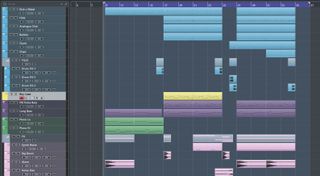
Step 6: Finishing touches include the ‘Boy Lead’ melodic part in the middle section, and the addition of fills and sound effects. The fills are all samples of acoustic kit and percussion performances, edited to fit the feel of the track. FX are punctuation hits, risers and the sidechained noise in the final section.
For more songwriting skills, grab your copy of Computer Music 240, which features more tutorial articles and videos on hook-writing techniques, genre-mashup skills.

